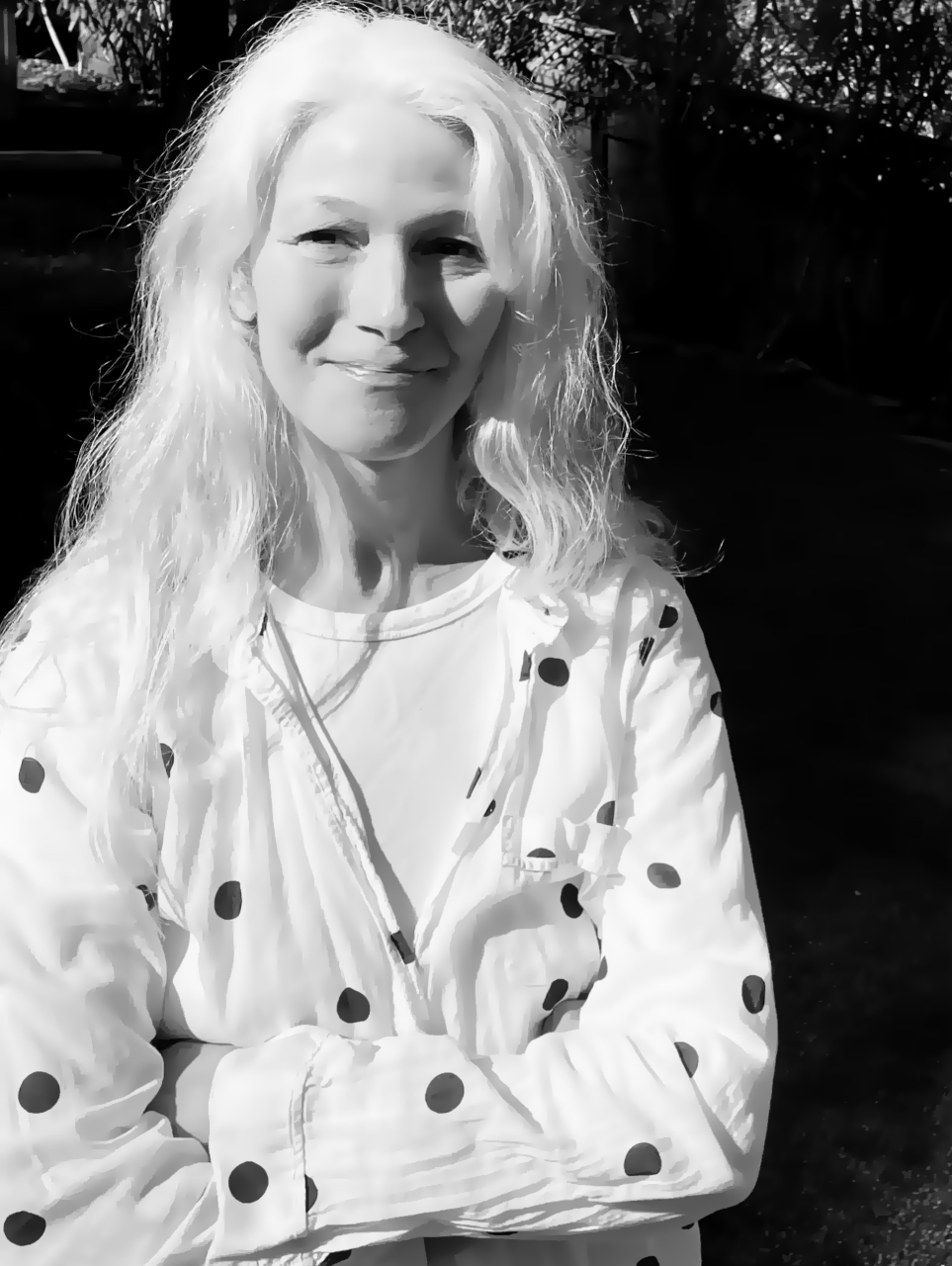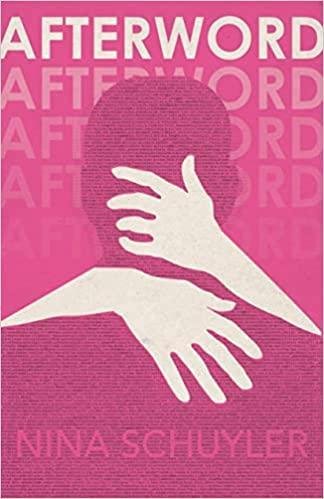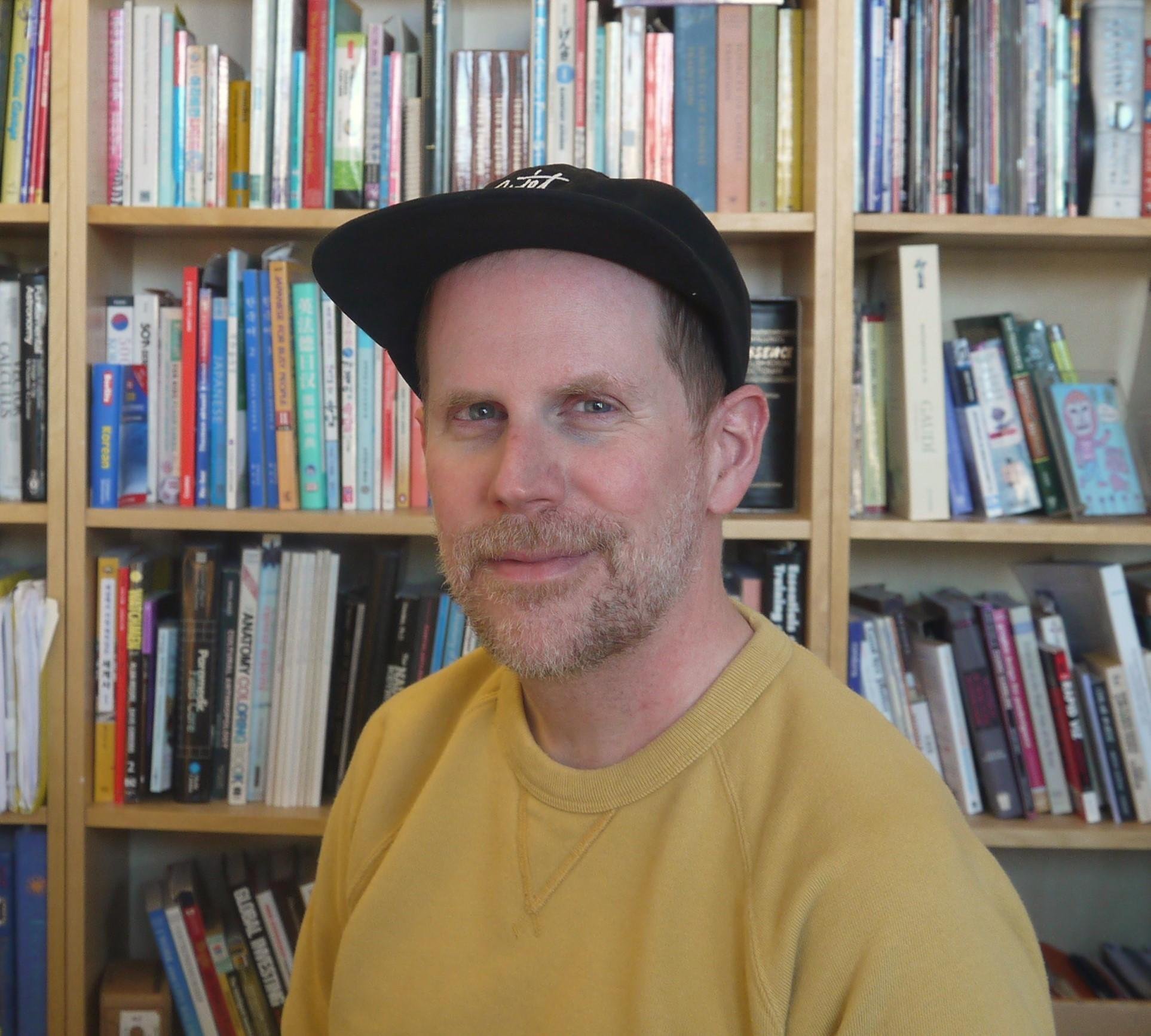Conversation with Devi Laskar, by Swetha Amit
Circa is a gut-wrenching novel that deals with a young Indian American woman caught between familial expectations and a tragedy. What inspired the idea, and what made you write in the second person?
In 1995, I started writing a version of Circa. I had a very good friend, Susan, to whom the book is dedicated. When I was in New York during my MFA program, I discovered she was diagnosed with leukemia. I tried to write many things about Heera and Marie to entertain Susan. When she passed away in 1996, I put it aside. Over the years, I tried to work on the story, but something always felt wrong. Then, in 2010, I lost the bulk of my work because of the raid that happened to us. I first wrote The Atlas of Reds and Blues and wanted something to work on after it was out. It was 25 years since Susan passed away, and it was time to begin reworking the book. I drew much inspiration from my classmate Julie Otsuka's book The Buddha in the Attic, written in the first-person plural-we. I tried writing it from that perspective for two months. It wasn't working. Then I stumbled upon the second person and felt I could hear Heera's voice well. I started over and found it all came together.
You mentioned about the raid in 2010 and how you lost most of your work. How did it affect your writing process, and how did you pick up the threads after that incident?
After that raid in 2010, I didn't write much for a year. Then, in June 2011, I tried to pen down a poem. But I couldn't. Then, Robin, another good friend from Atlanta, made me watch the movie Julie & Julia. In that movie, Julie gives herself the constraint of trying to make 524 recipes of Julia Child in 365 days. Since I was also a photographer, Robin suggested I take and caption a new picture every day. She felt that by adding words to my photos, I'd find the words coming back to me. Within a year, my poetry came back, and my prose came back after three years. Once my prose returned, The Atlas of Reds and Blues took two years, and Circa took one and a half years.
The time-era in Circa was set in the ‘70s and ‘80s. How did you capture that era authentically?
I wanted to set the time of the book in an era when we weren't constantly plugged into our phones and when people wrote letters and talked on our landlines. That's the era when I knew Susan, and we were close. I wanted to capture that period and make the story authentic.
Your protagonist is an Indian American immigrant on foreign soil, caught between the worlds of tradition and westernization. Did your journey as an Indian American influence how you wrote about this character?
I had a couple of thoughts when I was writing this book. If Marco had been the one to die, the grieving process between Heera and Marie would have been different through sleepovers and spending time with one another. Because it was Marie who died, there were all these societal rules that Heera and Marco couldn't grieve together or see each other anymore. I was curious about why society imposed those rules. The other thought I had was how people tend to judge others. I wanted to write a story about a character who gets judged by her peer set and community. I wanted to explore what it means for people to have cultural obligations towards their family but also want to be a part of the Western community. I grew up in the ‘60s and ‘70s in North Carolina. Back then, there weren't many Indians or Bengali families. Now, things have changed.
You refer to Indian practices like dowry or bride burning. Did you ever worry about your target audience or how the Western world would receive it?
I don't think about the audience while writing. The first person I end up writing for is me. Toni Morrison used to say that if you don't see the book you want to read, write it. With Circa, I had to be true to myself as I had to be able to defend every sentence I wrote. I am writing for people who are also navigating between two cultures. I had three beta readers who gave me the go-ahead. When I got their approval, I put it out in the world. I am thrilled when people tell me they love it.
Marie's death in the book was set on Halloween. Was there a significant reason behind that idea?
I did that because Susan's favorite holiday was Halloween. Incidentally, her funeral was also on Halloween. When I sat down to rewrite the book in 2020, I couldn't write about us anymore, but I had to keep some part of her in the book. Setting it on Halloween was my ode to her.
It is said that writing can be redemptive and helps in healing. Do you feel writing Circa has helped in your healing process?
I am relieved I was able to write the book. I didn't think I would be writing anymore after 2010. So, the fact that I have these books is such a relief. As an older writer, I am thrilled that people still want to read my stuff. However, it hasn't necessarily made me feel better.
You pack a lot in 184 pages with such tight writing. Do you think your poetry background influenced your prose writing?
Besides being a poet, I was also a journalist for a while. I spent my entire adult life with people telling me to keep it concise. So, I captured a lot from several years of tight writing in just 184 pages.
You have tackled themes of loneliness, disappearance, and coming of age. Was that something you consciously thought of while writing this book?
I had just started writing, and as I got further into the story, I realized the protagonist was lonely and several people disappeared. What intrigued me about disappearing is the ways people disappear, besides death. I didn't start writing a book about a girl who disappeared. I began writing about a set of circumstances and where it would lead me.
Who are the authors/books that influence you?
For Circa, it was The Buddha in the Attic by Julie Otsuka. Another book was I, the Divine by Rabih Alameddine. He was having a hard time trying to write about this woman named Sarah. He kept starting over and trying different things. Then, one day, he realized he had told Sarah's entire story whenever he started over. He felt the only way to finish the book was to assemble all the first chapters. This is a novel of first chapters where every chapter is done differently. There is a mix of first-person and third person. That gave me so much hope as I was struggling with Circa. It felt like permission granting.
Lastly, are there any upcoming works in the pipeline?
I just finished my third novel called Midnight, At the War. It is about a brown-skinned journalist set around the years before and after 9/11. As a former reporter, I have been upset by how the news has changed. There are many more opinions, and people have become numb from watching the news constantly.
Devi S. Laskar is a poet, novelist, photographer, former newspaper reporter, and lifelong Tarheel. She is the author of the award-winning The Atlas of Reds and Blues, named by The Washington Post as one of the 50 best books of 2019. Her second novel, Circa, was published by Mariner Books last year and selected as a Goop Book Club and Book Club Girl pick. Her third novel, Midnight, At the War, is in progress. She holds degrees from UNC-Chapel Hill, the University of Illinois at Urbana-Champaign, and Columbia University. She now lives in California with her family.












